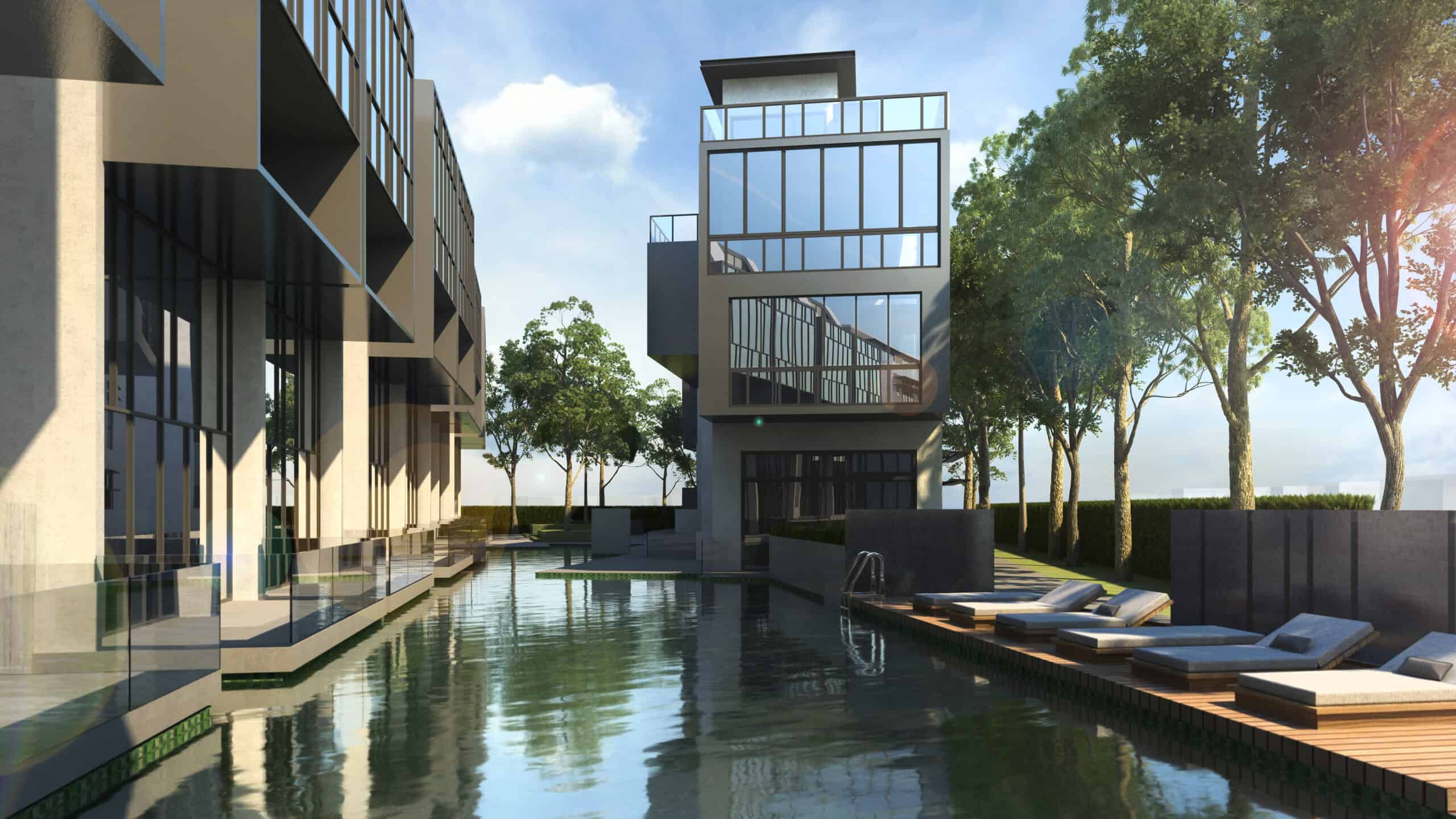Cluster Home

Singapore’s hybrid housing concept known as the “cluster house” is a collection of residences that are all the same size, shape, and style. Cluster houses and communities, like condos, are usually gated and occupied by people seeking comfort, safety, and privacy. Exclusive facilities and amenities, such as swimming pools, gyms, and parking spots, are also available to residents in cluster communities. A two- to three-story structure is typical for this style of building, which may be found in terrace houses, semi-detached homes, and bungalows. There are many advantages to living in and owning a cluster home property, and we’ll go over some of them in this post.
Which One is Better: Condominium or Cluster Home?
Despite the fact that they’re both designed for a neighbourhood of homeowners and residents, cluster houses and condominiums couldn’t be more unlike. While condominiums are often found in high-rise buildings and towers, cluster houses are fashioned after traditional landed estates and provide occupants more privacy and space.
Townhouse vs. Cluster House: What is the Difference?
Townhouse homes are often linked together by a shared party wall, which connects all of the residents. As opposed to single-family residences, cluster houses provide each inhabitant with their own plot of land and personal space.
How Does a Cluster House Property Differ?
Cluster house properties offer a financial advantage over more typical private property kinds, such as single-family homes. In SLP International’s 2015 Report, capital values of cluster houses have increased faster than those of traditional landed properties. In addition, cluster homes have been observed to generate rental income that is comparable to that of other landed properties. When it comes to renting and selling properties, owners of cluster homes should expect high returns on their investments.
Cluster house occupants generally enjoy the best of both worlds, with 24-hour security and the community experience of amenities that are often available in condos. They are created like a land parcel, so occupants may enjoy the benefits of a private house with modern amenities at a lesser cost than owning them all in one place.
All maintenance and upkeep is taken care of by a developer who manages all of the cluster homes. Renovating the building’s common areas, such as its swimming pools, gyms, and parking lots, is part of this effort. Repairing any exterior damages or repainting the cluster house’s facade are additional obligations of property maintenance.
Is Investing in Cluster Housing a Smart Move?
For many Singaporeans, cluster homes are a fantastic investment since they combine the luxury of a landed home with the conveniences of living in a condominium. For many years, this sort of property has showed an advantage over more conventional assets in terms of both value and returns.
Are Singapore’s cluster houses available to foreign residents?
You may purchase a cluster house in Singapore as long as it’s placed inside an authorised condominium building for Singapore permanent residents or PRs. Singapore’s Land Authority’s Land Dealings Approval Unit will need to approve any cluster housing project that is not categorised as a condominium.
For Cluster Housing, What Are the Best Renovation Ideas?
One of the most common features of a cluster home is a modern and contemporary design. As a result, it comes as no surprise that the bulk of these residences have a current contemporary design aesthetic. Expect to bring in a lot of eye-catching elements such as new flooring, ceilings, walls, and even furniture if you decide to apply this design motif to your cluster home.
It’s possible that your cluster home may use some contemporary industrial flair if you’re in the mood for some black, steel and rough edges. With the addition of various industrial features, a space may be updated while preserving much of its original character.
Contemporary rustic – A place is transformed into a sanctuary of modern and traditional living by incorporating modern furnishings and open natural architectural components. The focus on large windows, high ceilings, and an open floor plan are all examples of this.
Do Cluster Homes Come with an Exorbitant Price Tag?
It’s not uncommon to see cluster residences costing more than S$4 million. A lot of it has to do with the area, features, and developer.



